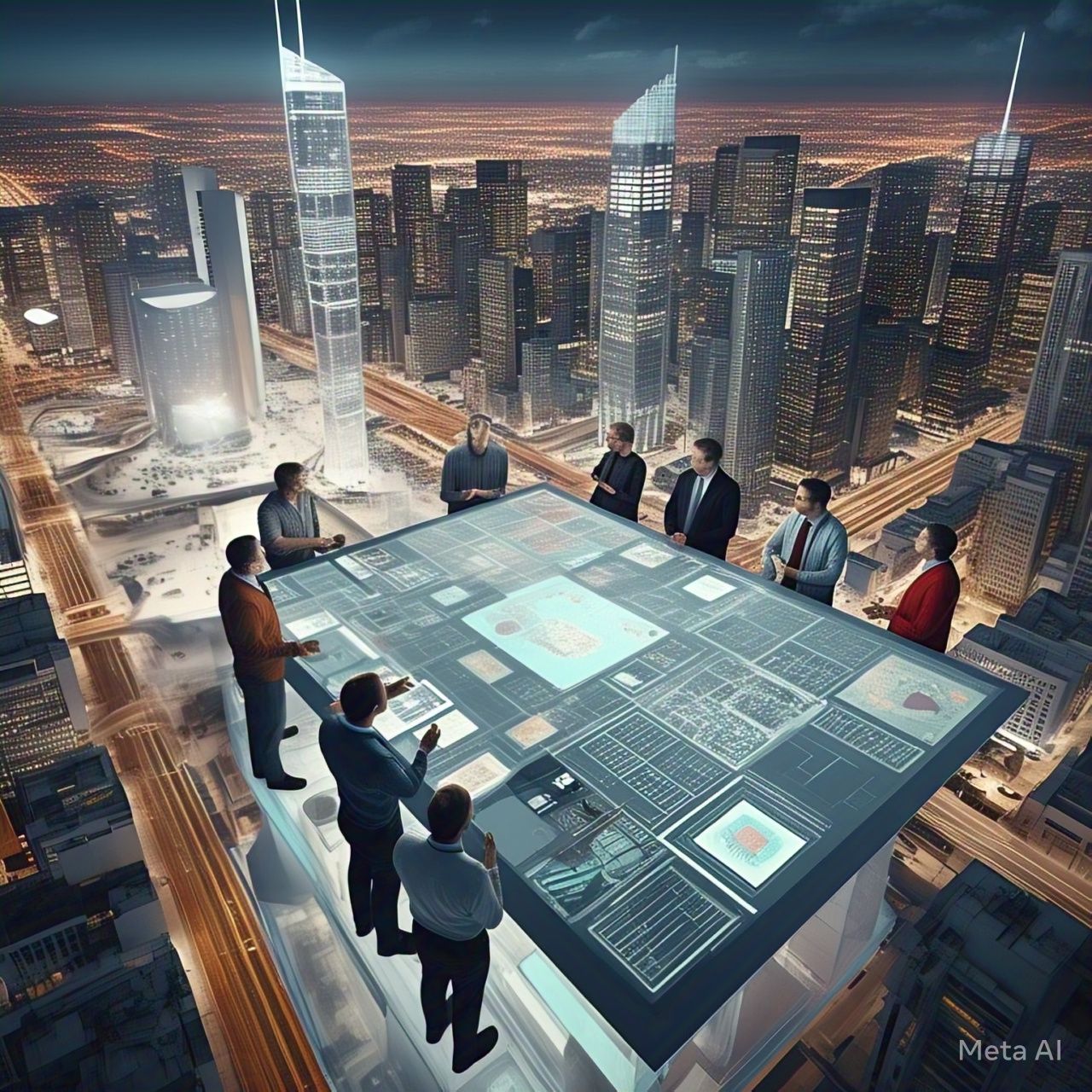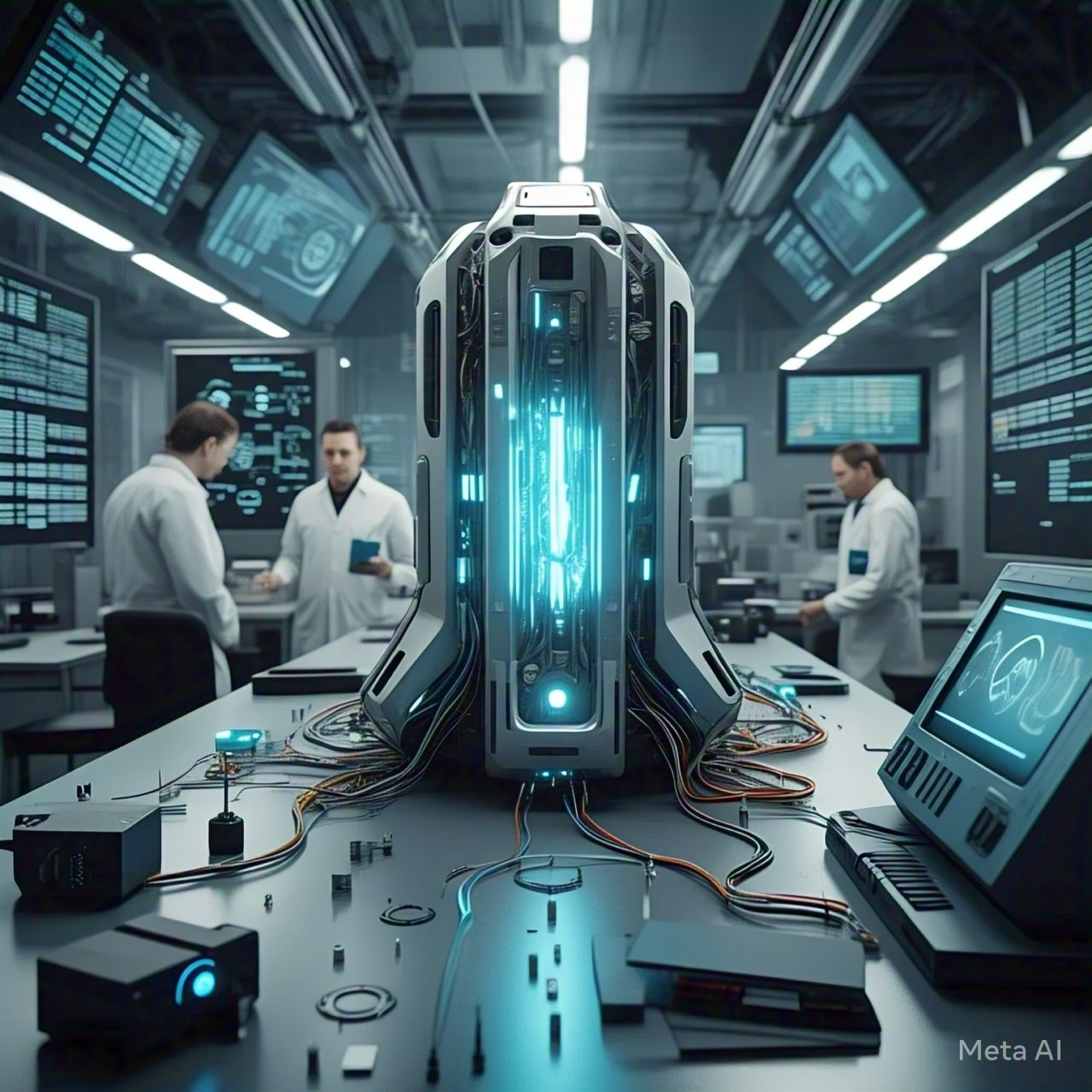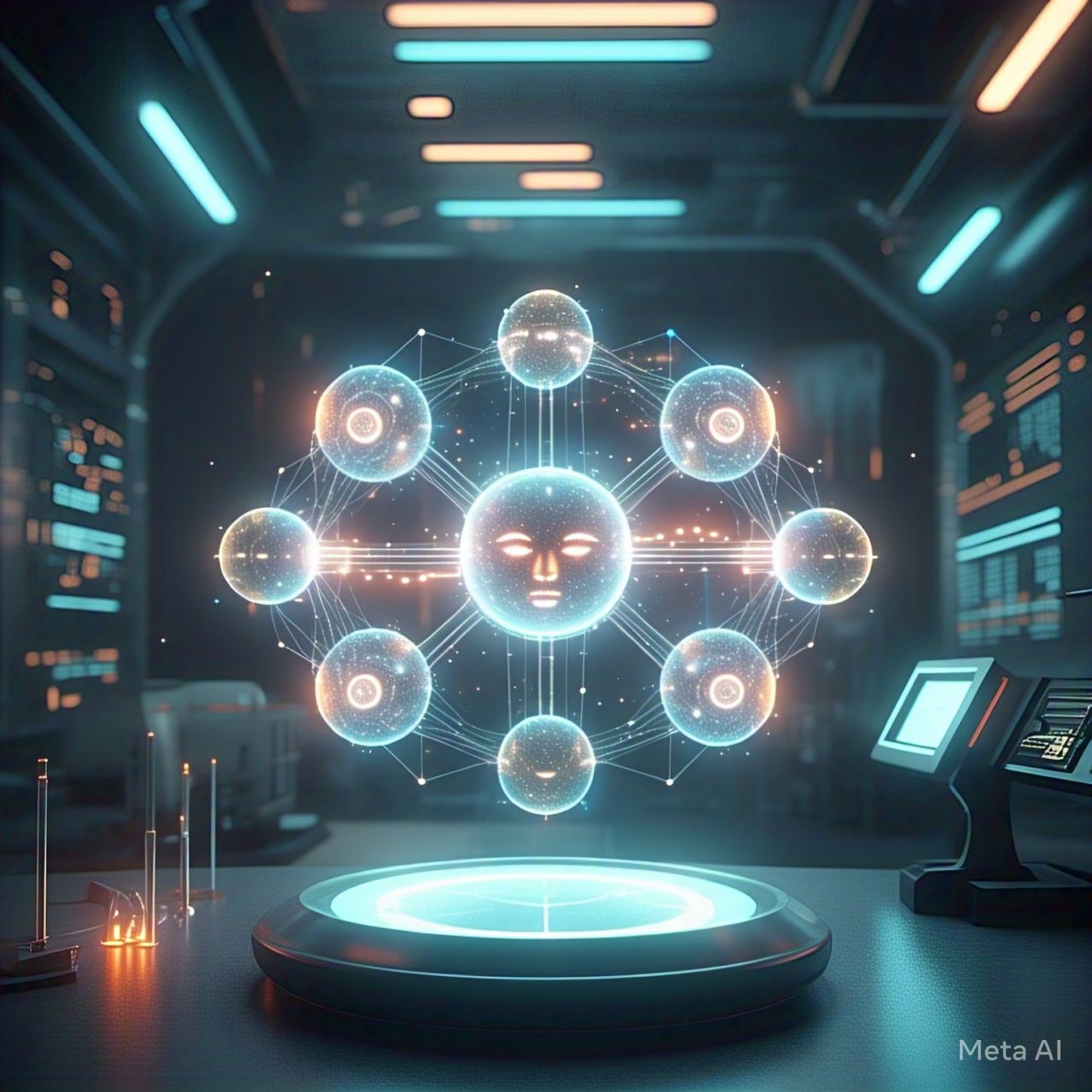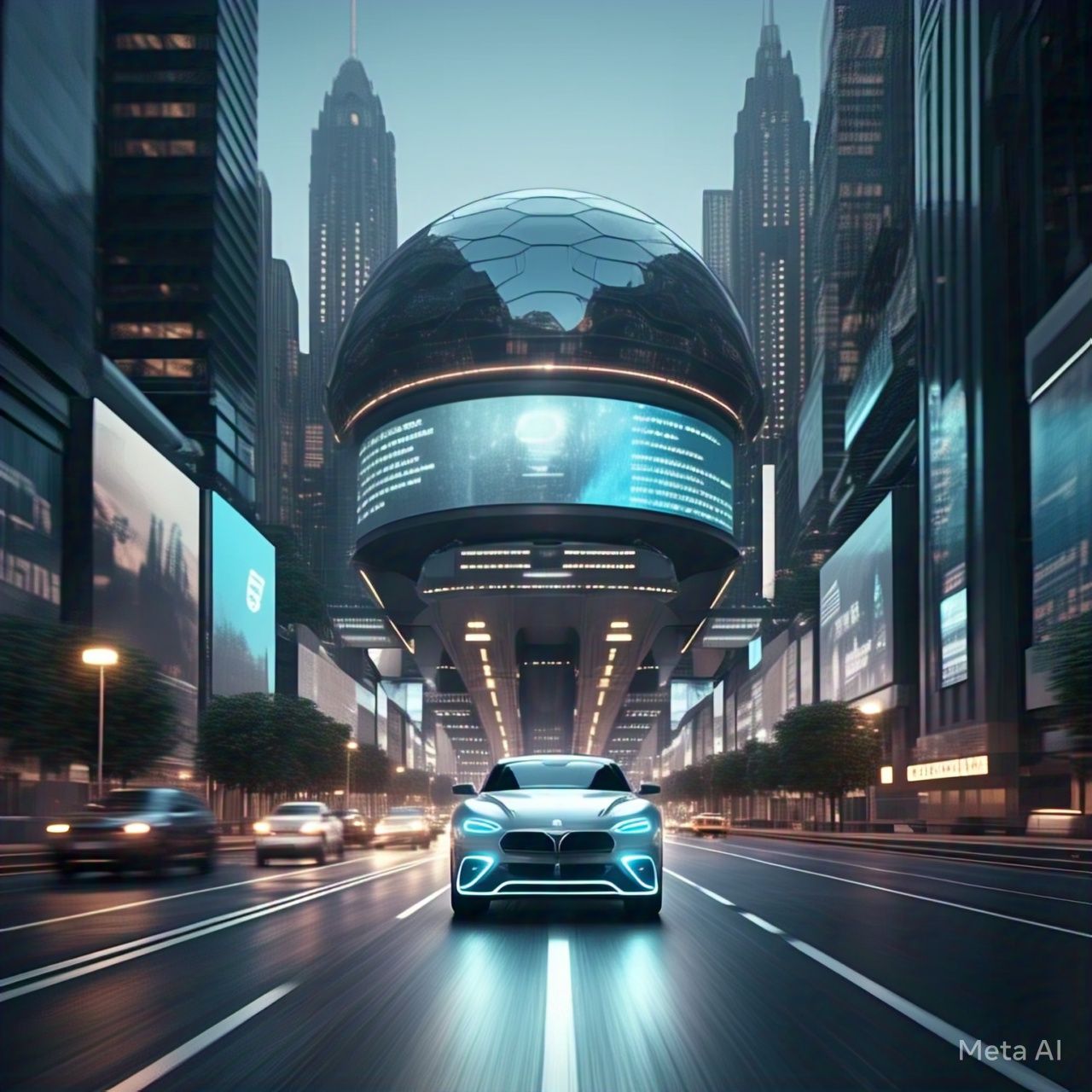Introduction
As urban populations continue to grow, cities face increasing challenges related to infrastructure, sustainability, and quality of life. Artificial Intelligence (AI) is emerging as a key solution in urban planning and development, enabling smarter, more efficient, and sustainable cities. By integrating AI-driven technologies, city planners can enhance traffic management, optimize resource usage, and improve public services. This article explores how AI is shaping the future of smart cities and revolutionizing urban development.
The Role of AI in Smart Cities
1. AI-Powered Traffic and Transportation Management
AI-driven traffic management systems analyze real-time data from cameras, sensors, and GPS devices to optimize traffic flow, reduce congestion, and enhance public transportation services.
Key Benefits:
- Reduced traffic congestion and shorter commute times.
- Smart traffic lights that adapt to real-time conditions.
- Improved public transit efficiency with AI-powered scheduling.
2. Sustainable Energy Management
AI helps cities optimize energy consumption by predicting demand patterns, managing renewable energy sources, and reducing waste. Smart grids powered by AI distribute electricity efficiently while minimizing environmental impact.
Key Benefits:
- Lower energy consumption and reduced carbon footprint.
- Optimized use of renewable energy sources like solar and wind.
- AI-powered predictive maintenance to prevent power outages.
3. Smart Waste Management
AI-driven waste management systems use sensors and predictive analytics to optimize garbage collection schedules, reducing costs and environmental impact.
Key Benefits:
- More efficient waste collection and disposal.
- Reduction in pollution and improved urban hygiene.
- AI-driven recycling programs to promote sustainability.
4. AI-Enhanced Public Safety and Security
AI-powered surveillance systems analyze video feeds to detect suspicious activities, predict crime hotspots, and enhance emergency response times.
Key Benefits:
- Faster emergency response with AI-assisted 911 systems.
- Enhanced crime prevention through predictive policing.
- Real-time monitoring for disaster response and crisis management.
5. AI in Urban Infrastructure and Construction
AI optimizes city planning by analyzing geographic, economic, and demographic data to guide sustainable urban development.
Key Benefits:
- Efficient land use planning and smart zoning regulations.
- AI-driven predictive maintenance for infrastructure longevity.
- Cost-effective construction planning with AI-based modeling.
6. Personalized Public Services
AI chatbots and virtual assistants enhance citizen engagement by providing real-time information on city services, public transportation, and emergency alerts.
Key Benefits:
- Increased efficiency in public service delivery.
- Enhanced citizen-government communication.
- AI-driven urban policy development based on real-time data.
The Future of AI in Urban Development
AI is continuously evolving, offering cities new opportunities to become smarter, greener, and more livable. By integrating AI with IoT, big data, and cloud computing, urban planners can create future-ready cities that address the challenges of rapid urbanization.
Conclusion
AI is revolutionizing urban planning and development, making cities more efficient, sustainable, and resilient. From traffic management to waste disposal and public safety, AI-driven solutions are transforming urban living. As AI technology continues to advance, smart cities will become more adaptive, intelligent, and responsive to the needs of their residents, shaping the future of urban development.




